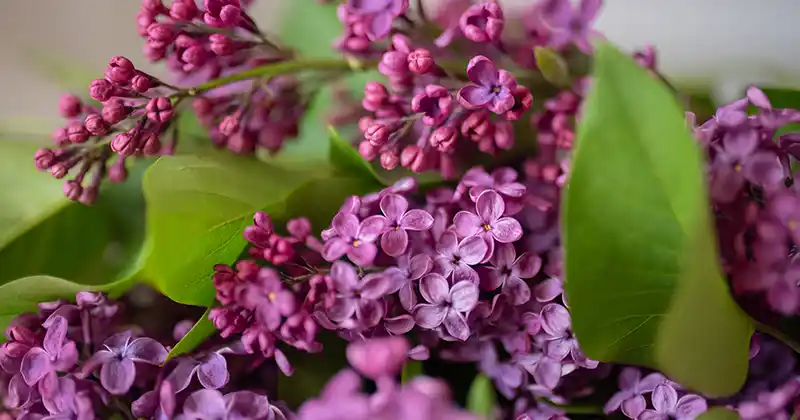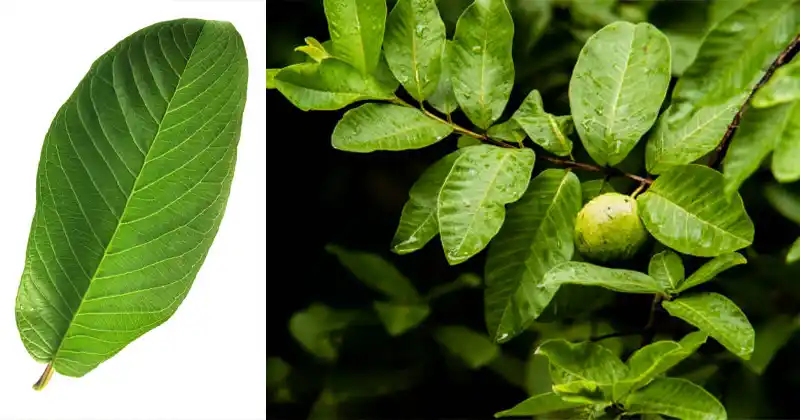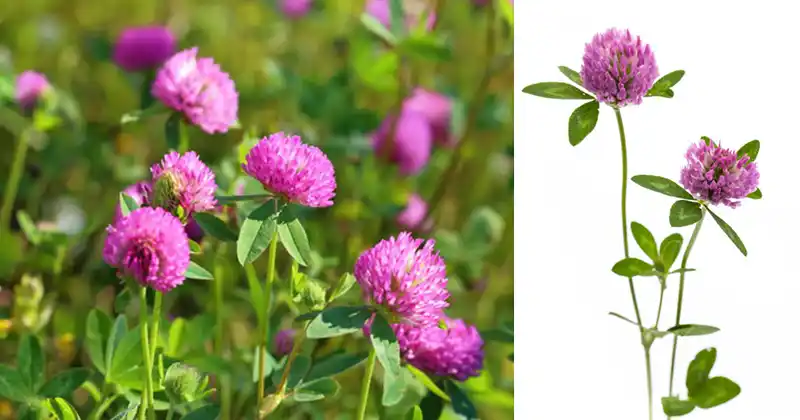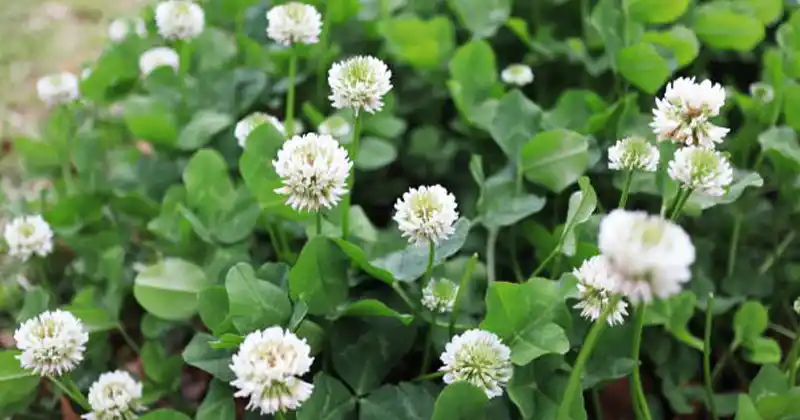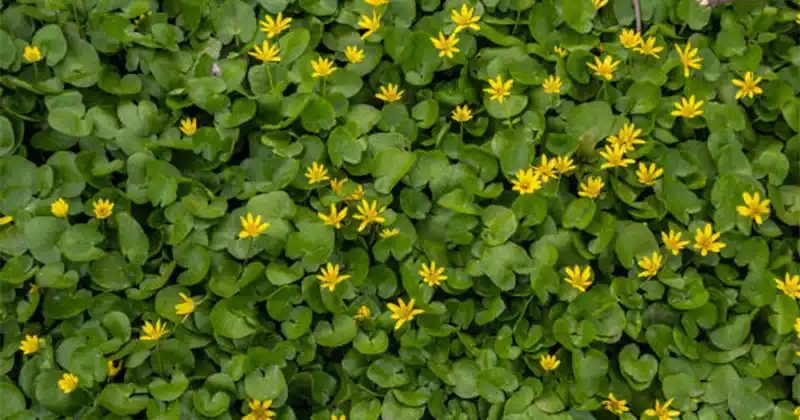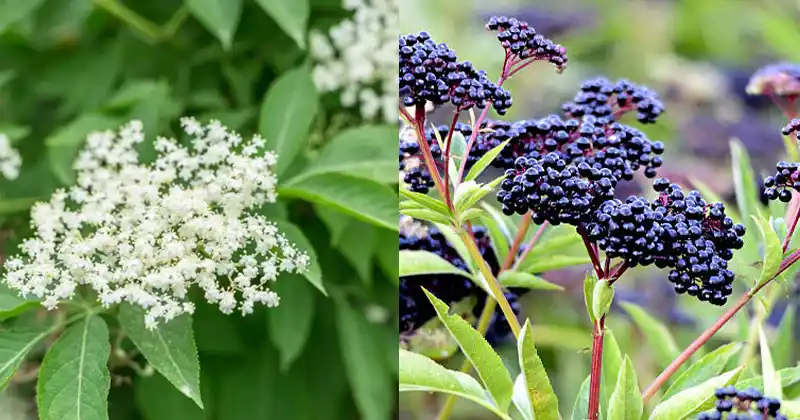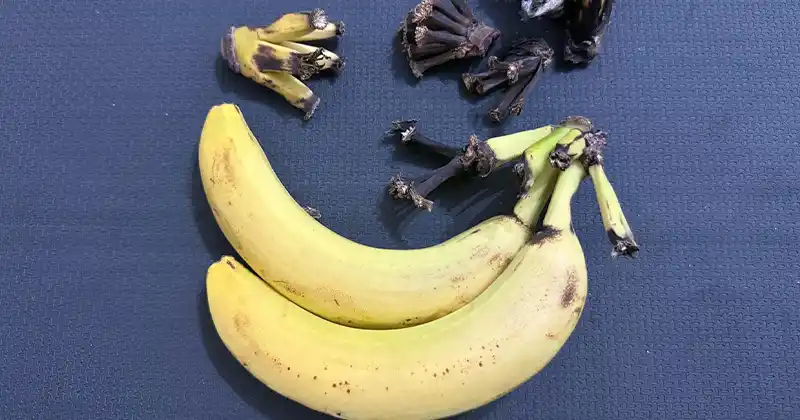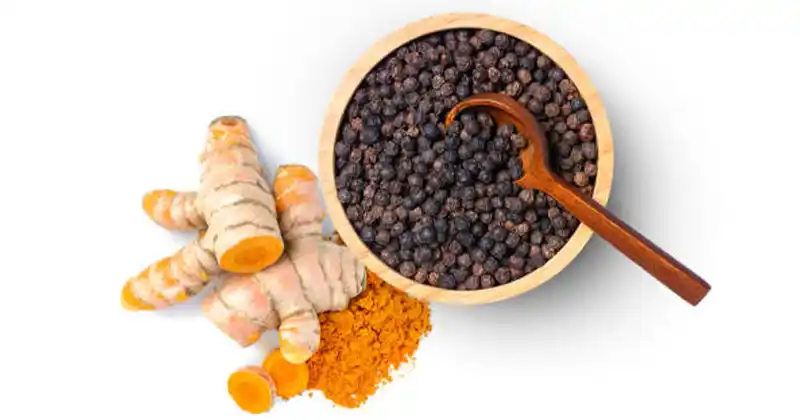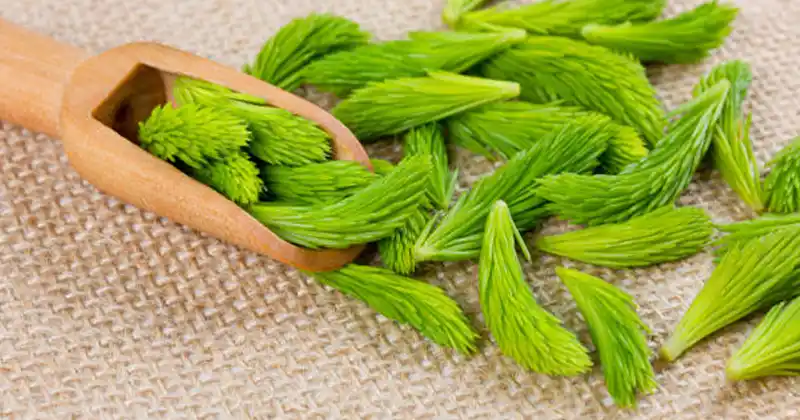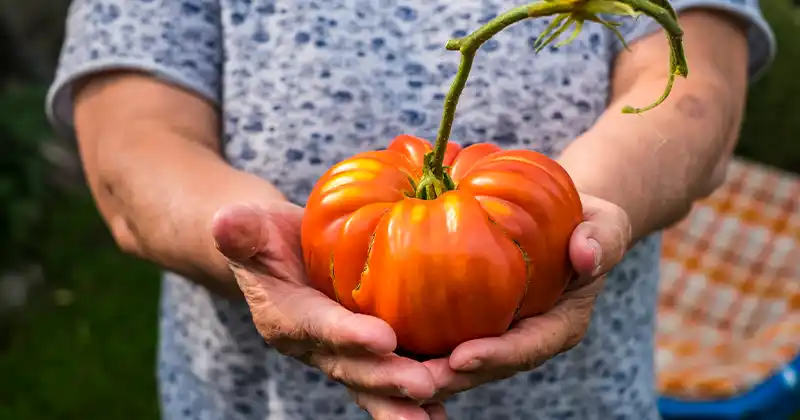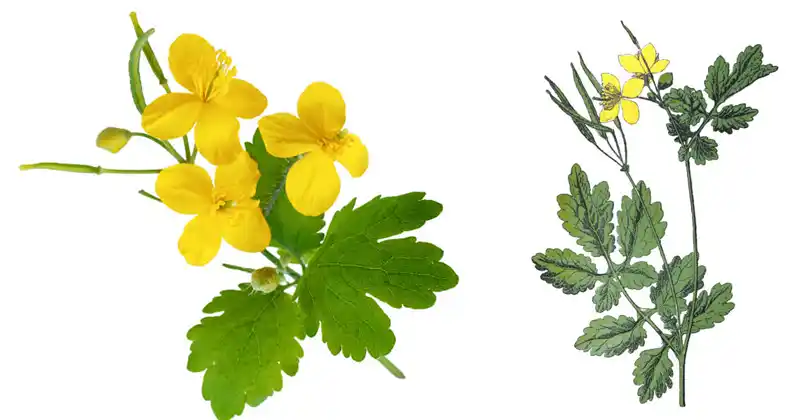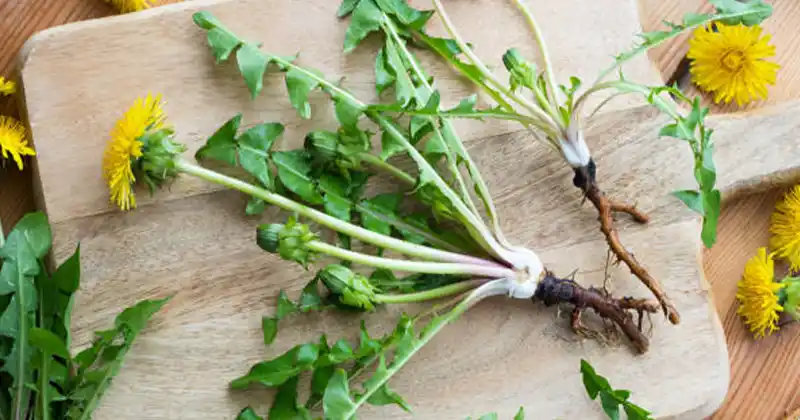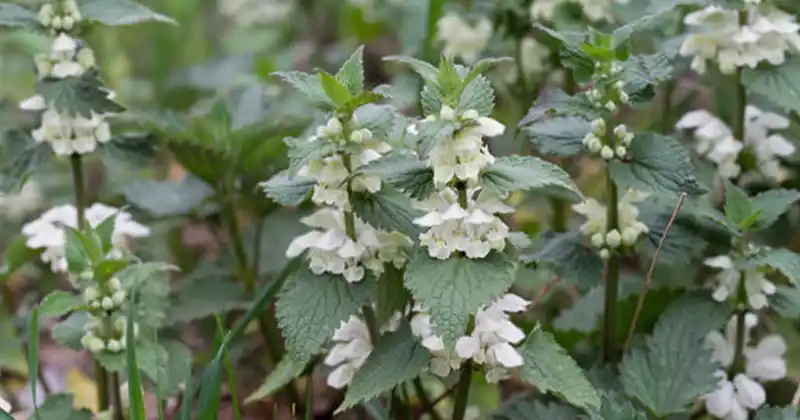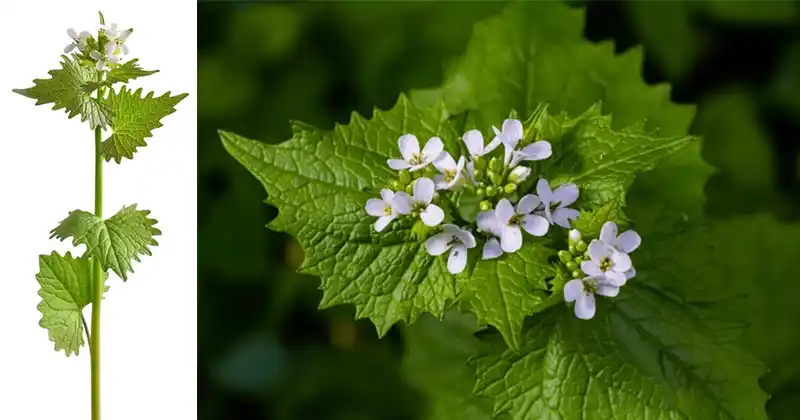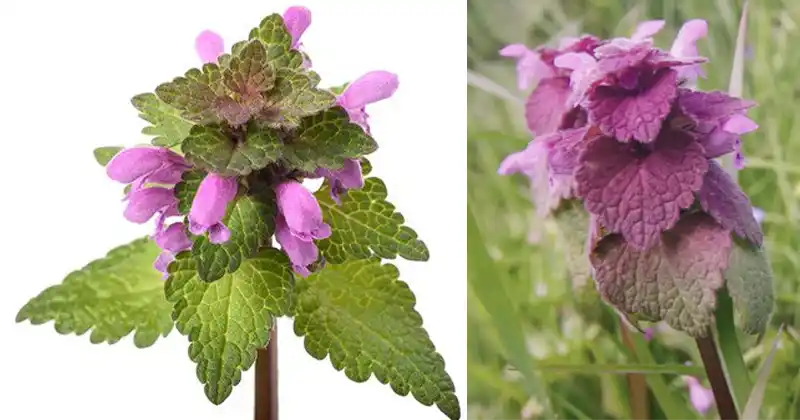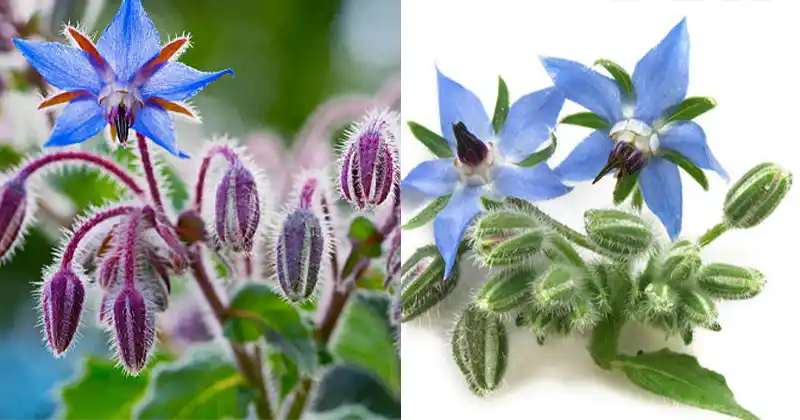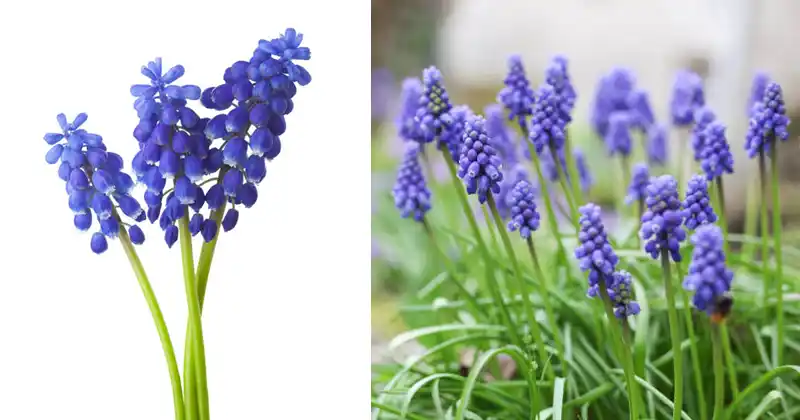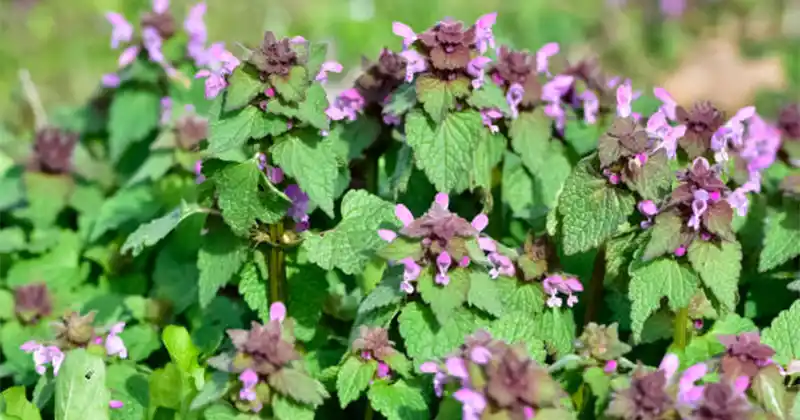The Untapped Potential of Cattails: A Nutritional and Survival Superfood

Cattails (Typha species) are often overlooked as a source of food, yet they offer immense nutritional and practical benefits. Found in wetlands and marshy areas worldwide, cattails have been a staple for foragers and indigenous cultures for centuries. Almost every part of the plant is edible, making it a valuable resource for both culinary and survival needs. Among its many parts, the rhizome stands out as the most beneficial and versatile. Here’s an in-depth look at the edible parts of cattails, their benefits, and how to use them.
Edible Parts of Cattails
- Rhizomes (Roots):
- Nutritional Powerhouse: The rhizomes are rich in carbohydrates, fiber, and essential minerals like potassium and magnesium, making them an excellent energy source.
- Versatility: These underground roots can be boiled, roasted, or dried and ground into flour, providing endless culinary applications.
- Availability: They are accessible year-round, making them invaluable for survival situations and as a reliable food source.
- Uses:
- Roast or boil them to make a starchy side dish.
- Grind the dried rhizomes into a fine flour to bake bread or thicken soups.
- Chew raw rhizomes to extract starch in emergency scenarios.
- Shoots and Stalks (Spring):
- The young shoots, also called “cattail hearts,” are tender and have a mild, cucumber-like taste.
- Benefits:
- Low in calories, making them a great addition to weight-conscious diets.
- Rich in vitamins like Vitamin C and A, which support immunity and vision.
- Uses: Enjoy them raw in salads, sauté them, or add to stir-fries for a crunchy, fresh flavor.
- Flower Spikes (Early Summer):
- The immature green flower spikes are a delicacy that can be boiled and eaten like corn on the cob.
- Benefits:
- Provide a good source of dietary fiber.
- Uses: Serve with butter and seasoning as a unique, foraged alternative to corn.
- Pollen (Late Spring/Early Summer):
- The bright yellow pollen is high in protein and has long been used as a flour substitute or supplement.
- Benefits:
- Excellent for adding protein to vegetarian or vegan diets.
- Contains antioxidants that support cellular health.
- Uses: Mix the pollen into pancake batter, bread dough, or soups for a nutrient boost.
- Leaves and Stems:
- While not a primary food source, the leaves can be used as wraps for cooking, similar to banana leaves.
- Uses:
- Enhance the flavor of steamed foods.
- Use as biodegradable cooking wraps for eco-friendly practices.
Why Rhizomes Are the Most Important Part
The rhizomes are the cornerstone of cattail nutrition due to their high carbohydrate content, which provides sustained energy, particularly in survival situations. They are also rich in fiber, which supports digestive health, and contain trace minerals essential for overall well-being. Their availability year-round makes them indispensable, especially when other food sources are scarce.
Key Benefits of Rhizomes:
- Energy Source: High in complex carbohydrates that provide long-lasting energy.
- Digestive Health: The fiber content promotes gut health and helps regulate bowel movements.
- Mineral-Rich: Contains potassium and magnesium, which are vital for heart health and muscle function.
- Survival Food: Reliable and easy to harvest, making them a staple for survivalists and foragers.
Additional Benefits of Cattails
- Sustainability: Cattails are a renewable food source that thrives in wetlands, offering an eco-friendly alternative to industrial agriculture.
- Antioxidant Properties: The pollen and young shoots are rich in antioxidants, which help combat oxidative stress and support overall health.
- Versatile Applications: Beyond food, cattail leaves and fibers have been used for weaving mats, making baskets, and even insulating homes, adding to the plant’s value.
- Adaptable Flavor Profile: Cattails’ mild taste allows them to blend seamlessly into various dishes, from soups and stews to baked goods.
Harvesting and Safety Tips
- Choose Clean Water Sources: Cattails can absorb pollutants from their environment, so ensure they are harvested from clean, uncontaminated wetlands.
- Harvest Responsibly: Only take what you need to ensure the plant population remains sustainable.
- Preparation: Thoroughly clean all parts of the plant to remove any dirt or contaminants before cooking or processing.
Cattails are much more than a common wetland plant—they are a treasure trove of nutrition and utility. While every part of the plant offers unique benefits, the rhizomes stand out as the most practical and beneficial, providing a sustainable and nutrient-rich food source. Whether you’re a forager, a survival enthusiast, or simply curious about incorporating wild foods into your diet, cattails are worth exploring.
With their versatility, abundance, and nutritional value, cattails remind us of nature’s hidden potential. Next time you come across these resilient plants, consider the possibilities they hold for your health and sustenance.
Disclaimer: Always consult with a local foraging expert before consuming wild plants to ensure proper identification and safe harvesting practices.
